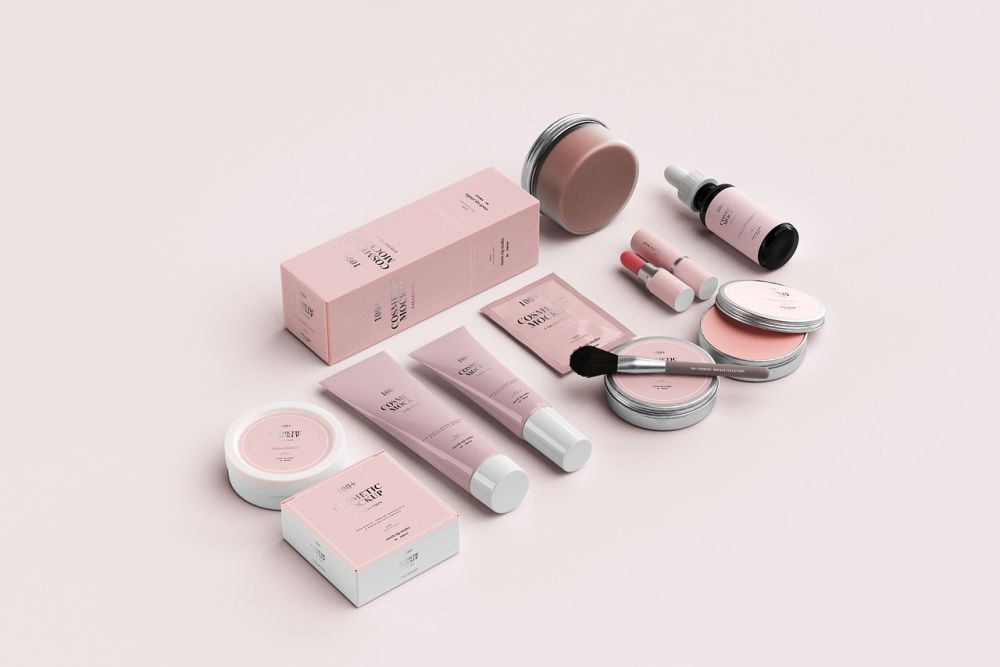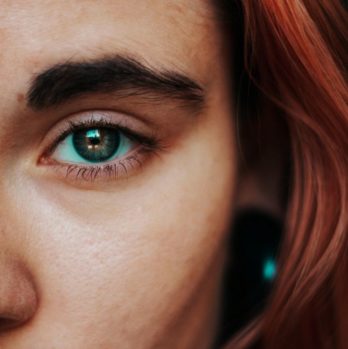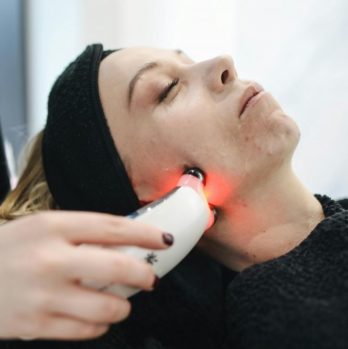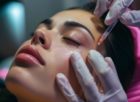Foundation rosacea is a common skin condition that affects many individuals

It is characterized by redness, inflammation, and sometimes small, pus-filled bumps on the face. In this comprehensive article, we will delve into the various aspects of foundation rosacea and provide valuable information for those seeking to manage and treat this condition.
Overview of Foundation Rosacea:
Foundation rosacea, also known as rosacea subtype 2, is a chronic skin disorder that primarily affects the central areas of the face. It typically starts with intermittent flushing and progresses to a persistent redness, often resembling a sunburn. Over time, small blood vessels may become more visible, and papules or pustules may appear.
Presentation and Types:

Foundation rosacea can manifest in various forms, and it’s important to understand the distinctions between them. The four main clinical subtypes of rosacea are erythematotelangiectatic rosacea, papulopustular rosacea, phymatous rosacea, and ocular rosacea. Each subtype presents different symptoms, and depending on the individual, more than one subtype may be present.
1. Erythematotelangiectatic Rosacea: This subtype is characterized by persistent redness, flushing, and visible blood vessels, but it doesn’t include papules or pustules.
2. Papulopustular Rosacea: Individuals with this type experience persistent redness, as well as papules and pustules resembling acne.
3. Phymatous Rosacea: Phymatous rosacea is characterized by thickened skin and enlargement of the nose or other facial features. This subtype is more prevalent in men.
4. Ocular Rosacea: This subtype affects the eyes, resulting in symptoms like redness, dryness, blurred vision, and a gritty sensation. It is crucial to treat ocular rosacea promptly to prevent complications.
Popular Foundations for Rosacea:
When it comes to managing the redness and uneven skin tone caused by foundation rosacea, using the right foundation can make a significant difference. Some foundations are specially formulated to provide coverage while calming and soothing the skin. Popular choices among individuals with rosacea include:
1. Mineral Foundations: These foundations contain gentle, non-irritating ingredients and often have a natural, buildable coverage that helps even out the skin tone without exacerbating redness.
2. Green-Tinted Foundations: Green tinted foundations work well to counteract redness, as green cancels out red on the color wheel. Many brands offer green-tinted options specifically aimed at reducing the appearance of rosacea symptoms.
Quantitative Measurements:
To better understand the efficacy of foundations for rosacea, various quantitative measurements have been utilized in studies and clinical trials. One such measure is the Mexameter, which quantitatively assesses skin color, redness, and pigmentation. Another measure, the Transepidermal Water Loss (TEWL), determines the water loss through the skin, indirectly reflecting its barrier function.
Differences Between Foundation Rosacea Products:
Not all foundation rosacea products are created equal. Some may contain ingredients that have been known to aggravate rosacea symptoms, such as fragrances, alcohol, or certain preservatives. It is crucial to opt for foundations labeled as hypoallergenic, non-comedogenic, and fragrance-free to minimize potential irritation.
Historical Overview of Pros and Cons:
Throughout history, various foundation rosacea products have been developed, each with their advantages and disadvantages. Early formulations often lacked the understanding of rosacea triggers and ingredients that could potentially harm sensitive skin. However, advancements have led to the development of foundations with improved aesthetics, better calming properties, and long-lasting coverage.
In conclusion, foundation rosacea is a chronic skin condition that requires careful consideration when selecting suitable products. By understanding the different types of rosacea, the popular foundation options available, and quantitative measurements, individuals can make informed decisions to effectively manage their symptoms. It is essential to consider the historical perspective, as advancements in foundation formulations offer rosacea sufferers improved choices for healthier skin.
– Ett videoklipp kan här infogas för att demonstrera appliceringstekniker för foundation vid rosacea.]
By educating oneself about foundation rosacea and utilizing suitable products, individuals can enhance their confidence and maintain a healthy, even complexion.











